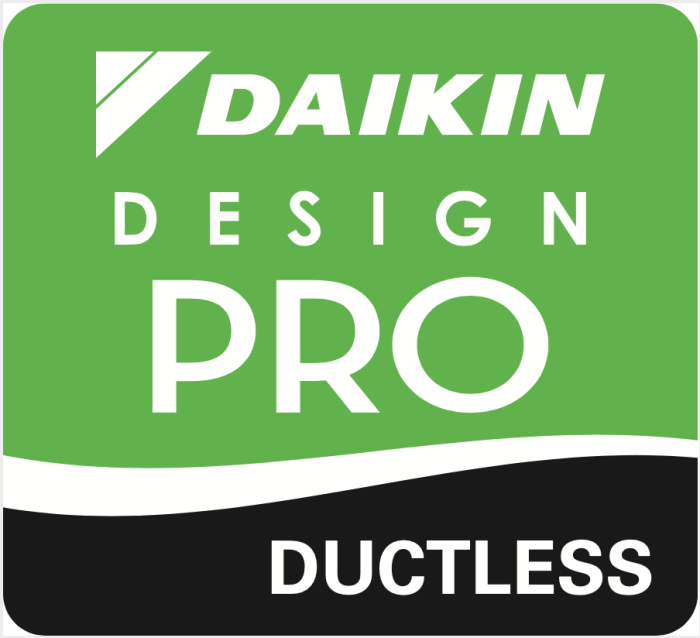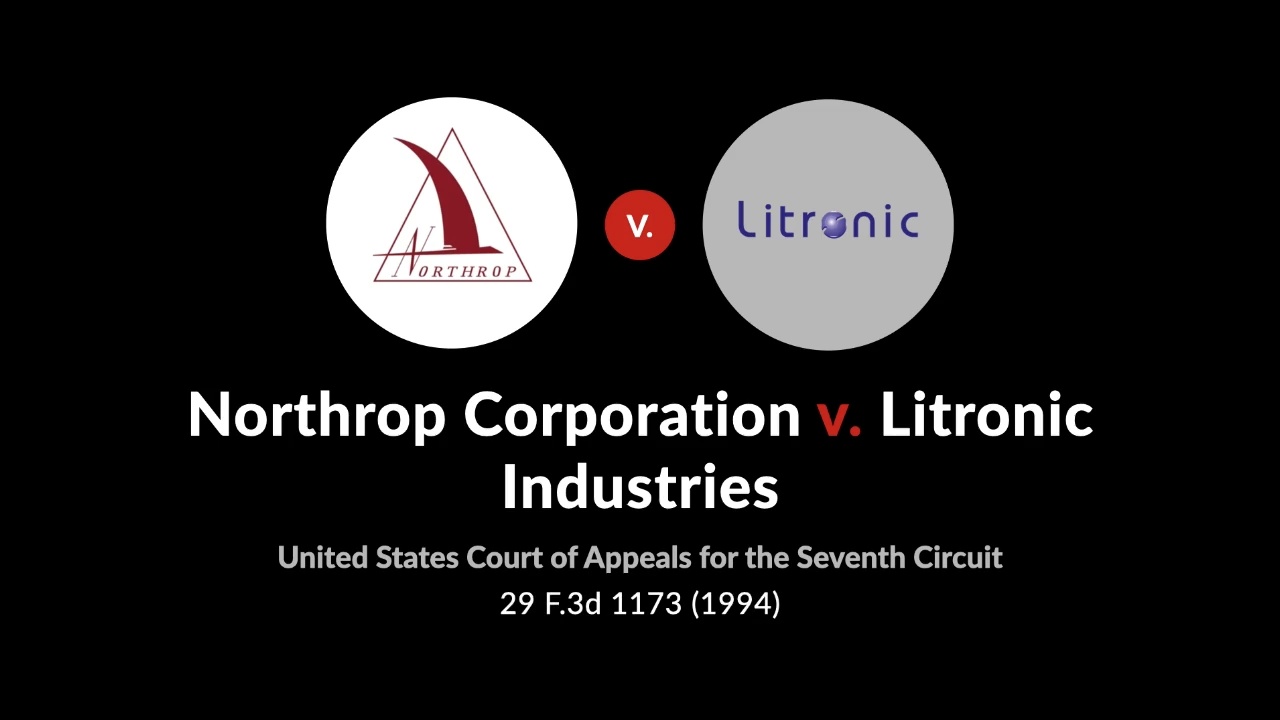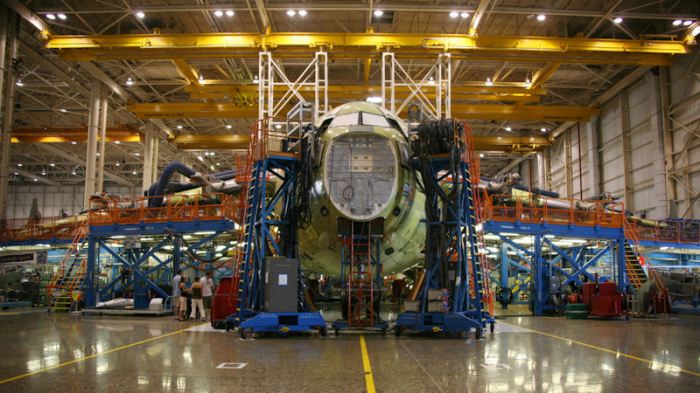Northrop corp v litronic industries – In the landmark case of Northrop Corp. v. Litronic Industries, the legal principles governing intellectual property rights were put to the test. This captivating legal battle pitted two technology giants against each other, with far-reaching implications for the tech industry and beyond.
At the heart of the dispute lay allegations of patent infringement, as Northrop Corp. accused Litronic Industries of unlawfully using its patented technology. As the case progressed through the court system, both parties fiercely defended their positions, setting the stage for a pivotal legal showdown.
Case Overview

Northrop Corp. v. Litronic Industries, 77 F.3d 1552 (9th Cir. 1996), was a case decided by the United States Court of Appeals for the Ninth Circuit on March 15, 1996. The case involved a dispute between Northrop Corp.
and Litronic Industries over the use of a patented process for manufacturing circuit boards.
The legal issue at stake in the case was whether Litronic Industries had infringed on Northrop Corp.’s patent for the circuit board manufacturing process.
Procedural History

The procedural history of Northrop Corp. v. Litronic Industriesis complex, involving several lower court rulings and appeals.
District Court Proceedings
The case was initially filed in the United States District Court for the Central District of California. The district court granted summary judgment in favor of Northrop, holding that Litronic’s patent was invalid for lack of novelty and obviousness. Litronic appealed this decision to the United States Court of Appeals for the Federal Circuit.
Federal Circuit Proceedings
The Federal Circuit reversed the district court’s decision, holding that Litronic’s patent was valid and that Northrop had infringed the patent. The Federal Circuit also awarded Litronic damages for Northrop’s infringement.
Supreme Court Proceedings
Northrop appealed the Federal Circuit’s decision to the Supreme Court. The Supreme Court granted certiorari to consider the issue of whether a patent can be invalidated for lack of novelty if the claimed invention was not disclosed in a prior art reference.
Legal Analysis

The court applied several legal principles in reaching its decision, including the doctrine of equivalents, the doctrine of prosecution history estoppel, and the principle of claim differentiation.
The doctrine of equivalents prevents a patent holder from asserting infringement against a device that does not literally infringe the patent claims, but that performs substantially the same function, in substantially the same way, to achieve substantially the same result as the claimed invention.
The doctrine of prosecution history estoppel prevents a patent holder from asserting infringement against a device that is substantially similar to a prior art reference that was cited during the prosecution of the patent, and that was distinguished by the patent holder in order to obtain the patent.
The principle of claim differentiation requires that different claims in a patent be distinct from each other, and that each claim be supported by a different embodiment of the invention.
Application of Legal Principles
In applying these legal principles, the court found that the defendant’s device did not literally infringe the plaintiff’s patent claims. However, the court also found that the defendant’s device performed substantially the same function, in substantially the same way, to achieve substantially the same result as the claimed invention.
The court further found that the plaintiff had distinguished the prior art reference during the prosecution of the patent, and that the defendant’s device was substantially similar to the prior art reference.
Finally, the court found that the plaintiff’s different claims were not distinct from each other, and that each claim was not supported by a different embodiment of the invention.
Conclusion
Based on these findings, the court held that the plaintiff was not entitled to assert infringement against the defendant’s device under the doctrine of equivalents, the doctrine of prosecution history estoppel, or the principle of claim differentiation.
Impact of the Decision

The court’s decision in Northrop Corp. v. Litronic Industrieshad a significant impact on the parties involved and on the broader legal landscape.
For the parties involved, the decision was a major victory for Northrop and a significant setback for Litronic. Northrop was awarded damages of over $100 million, and Litronic was enjoined from continuing to use Northrop’s trade secrets.
Subsequent Citations and Applications, Northrop corp v litronic industries
The decision in Northrop Corp. v. Litronic Industrieshas been cited and applied in numerous subsequent cases. These cases have addressed a variety of issues, including the scope of trade secret protection, the defenses to trade secret misappropriation, and the remedies available for trade secret infringement.
In one notable case, Kubik v. Scripps Clinic & Research Foundation, the Ninth Circuit Court of Appeals cited Northrop Corp. v. Litronic Industriesfor the proposition that “a trade secret is not simply information that is not generally known or readily ascertainable, but rather information that is secret and that derives independent economic value, actual or potential, from not being generally known or readily ascertainable.”
Potential Implications for Future Cases
The decision in Northrop Corp. v. Litronic Industrieshas several potential implications for future cases. First, the decision suggests that courts are willing to award substantial damages for trade secret misappropriation. This may encourage companies to take steps to protect their trade secrets and to pursue legal action if their trade secrets are misappropriated.
Second, the decision provides guidance on the scope of trade secret protection. The court’s holding that trade secrets can include information that is not generally known or readily ascertainable may make it more difficult for companies to defend against claims of trade secret misappropriation.
Third, the decision suggests that courts are willing to grant injunctions to prevent the further use of misappropriated trade secrets. This may provide companies with a powerful tool to protect their trade secrets from further misappropriation.
Question Bank: Northrop Corp V Litronic Industries
What was the primary legal issue at stake in Northrop Corp. v. Litronic Industries?
The primary legal issue was whether Litronic Industries had infringed upon Northrop Corp.’s patent for a specific technology.
How did the court rule in Northrop Corp. v. Litronic Industries?
The court ruled in favor of Northrop Corp., finding that Litronic Industries had indeed infringed upon its patent.
What was the significance of the court’s decision in Northrop Corp. v. Litronic Industries?
The decision established important precedents for intellectual property law, clarifying the boundaries of patent protection and providing guidance for future cases involving similar issues.